I have a dataset that contains multiple groups and exp. conditions. (here represents as group <- c("g1", "g2") and con <- c("A1", "A2", "B1", "B2")) I made a 3x3 plot matrix, and below is a part of one of the plots. a1 in the graph is just a derivative con of A1 and do not need to have a separate background than A1.
What I want is give them different colour background and frames so they are more friendly to readers. (e.g. the following output but fill the entire plating area [colour filled background distinguishing condition A, B, while coloured border differentiates condition 1, 2]) How could I archive this in R?
---- Update ----
As you commented, Here is a demo data that preserves the structure of the original data frame.
(sep = " ")# I use csv in real data,
# here is just for better presentation
group animal_nr region con gene1 gene2 gene3
g1 101 x A1 10 15 100
g1 102 x A1 12 15 110
g1 103 x A1 9 16 90
g1 104 x A1 11 14 105
g1 201 x a1 10 15 100
g1 202 x a1 12 16 110
g1 203 x a1 9 16 90
g1 204 x a1 11 14 105
g1 105 x A2 -8 5 50
g1 106 x A2 -9 5.5 52
g1 107 x A2 -8 4 53
g1 108 x A2 0 6 52.8
g1 205 x a2 -8 5 50
g1 206 x a2 -9 5.5 52
g1 207 x a2 -8 4 53
g1 208 x a2 0 6 52.8
g1 109 x B1 2 15 29
g1 110 x B1 3 15.5 35
g1 111 x B1 1 16 33
g1 112 x B1 1.1 14 30
g1 209 x b1 2 15 29
g1 210 x b1 3 15.5 35
g1 211 x b1 1 16 33
g1 212 x b1 1.1 14 30
g1 113 x B2 -10 2 10
g1 114 x B2 -8 3 11
g1 115 x B2 -9 2 11.1
g1 116 x B2 -11 4 12
g2 301 x A1 10 15 100
g2 302 x A1 12 15 110
g2 303 x A1 9 16 90
g2 304 x A1 11 14 105
g2 401 x a1 10 15 100
g2 402 x a1 12 16 110
g2 403 x a1 9 16 90
g2 404 x a1 11 14 105
g2 305 x A2 -8 5 50
g2 306 x A2 -9 5.5 52
g2 307 x A2 -8 4 53
g2 308 x A2 0 6 52.8
g2 405 x a2 -8 5 50
g2 406 x a2 -9 5.5 52
g2 407 x a2 -8 4 53
g2 408 x a2 0 6 52.8
Layout of real plot
grid(r = 3, n = 3)
gene/region x y z
gene1
gene2
gene3



